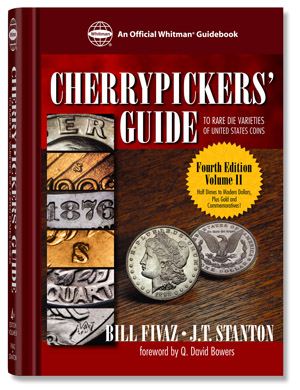Jim Besley arrived at the Baltimore Convention Center yesterday to unload some rare coins and 40 years’ worth of memories – his children lacking the zeal for his hobby, his wife unsure how to sell what’s left of his $40,000 collection should he die.
The retired IBM computer engineer from Keedysville in Washington County unlocked his brown briefcase and handed over copper coins protected in tiny plastic bags and paper frames to his old friend, Robert W. Mangels Sr.
Mangels, a well-known coin dealer in Laurel, glided his hand over his black velvet mat, laying the coins down like a card shark. He took just a few seconds with each piece, flipping each one over under a black desk lamp, and then asked for more.
“Show me something besides copper,” said Mangels, 70. “Although I know that’s your forte.”
After only a few glances and just one touch each, Mangels offered Besley $360 for three clear plastic sheets filled with U.S. quarters and half-dollars and a handful of copper coins at the 53rd Baltimore Coin and Currency Convention, which continues from 10 a.m. to 4 p.m. today. Mangels offered Besley some time to think over his offer, but Besley just nodded, accepting a check and thanking him for making him “weigh less.”
When asked how Mangels could have known the coins’ value so quickly, Besley replied, “He knows.” And when asked why he didn’t negotiate: “I want to get it over with. I hate to haggle, and I trust him.”
Yesterday, millions of dollars exchanged hands at the convention, which grows in size and popularity by the year and is free to the public, said Ed Kuszmar, 64, a former Baltimorean who runs the show and now owns a coin shop in Boca Raton, Fla.
The show started 34 years ago in Lanham, moved to Baltimore in the 1980s, and has since grown from two to three shows per year. About 10,000 visitors are expected this weekend.
The dealers come from as far away as California and Canada, and they love to boast about deals, rare purchases or quirks. On his second date with his wife, Patty, Mangels brought along a bag filled with 1,000 pennies, and the two sifted through them looking for “good years,” she said, adding, “I’m serious.”
When silver “went through the roof” in 1979, Besley said, he turned to Mangels. He traded in coins with a face value of $5,000 for $13,000 in cash, and then bought a car with it.
“You can sustain the hobby because of its investment appeal, even though we don’t like to say that,” said Kuszmar, referring to collectors’ assertions that they love money not for the money, but for the lore behind a piece and the beauty of its engraving.
In addition to the rising price of gold and silver, the start of the state quarter program in 1999 has created a generation of budding coin collectors. As part of a national “young numismatists” program, 5-year-old Brandon Silvestri of Baltimore plunged his hand into a bucket of coins – a few worth as much as $70 each – donated by exhibitors and pulled out a handful.
Once he had emptied his hand into his own bag, he tried to reach in again – only to be told by his grandfather that he only got one turn.
“Look, I got a ‘2,’” he said, almost squealing with glee as he rooted through his loot. The “2” was the numeral on a silver-colored coin from the Czech Republic.
James Windsor, an online coin dealer from Fairmont, W.Va., brought his two nephews and niece from Virginia with him to the convention. Windsor keeps framed money on the walls of his home, something his relatives’ grade-school classmates didn’t believe. So they visited one weekend and took photographs of the currency as evidence.
“Showing off is really the whole thing,” said Windsor, who started collecting when he was 6 years old and was storing his valuables in a footlocker. “The basic drive is fame. You want to be known as having the finest collection.”
On Friday, Windsor purchased a 1999 proof set – that’s one U.S. cent, nickel, dime, quarter and half-dollar minted that year, of the finest quality – for $68. According to Windsor, the penny is worth $600 due to an unusual positioning of the letters “A” and “M” in the word “America” on the coin. He said he recently sold one just like it on eBay for $591.
“The person who knows the most gets the best deal,” Windsor said. “And you have to play the purchase like a poker player. If you jump up and down for joy, you lose.”
Read the original article.
